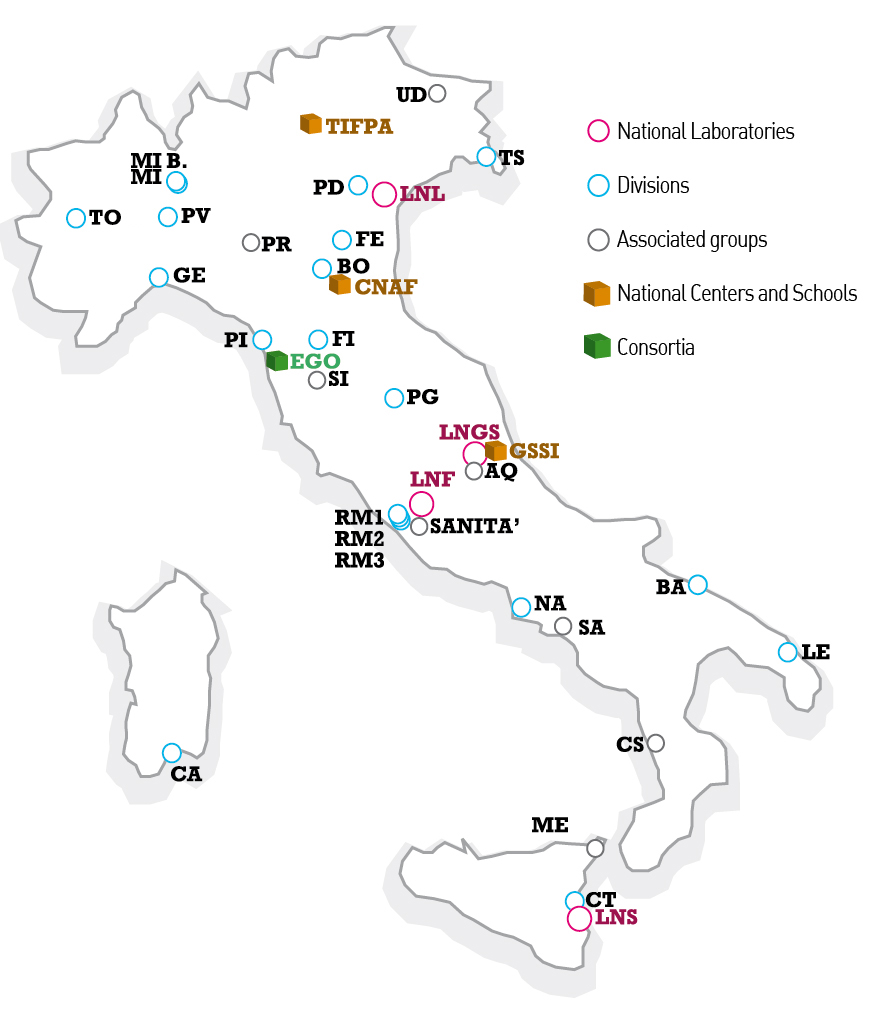General description of the project
The MMNLP project has been renewed for the three years 2024, 2025, 2026. The main changes are in the number of units of the project: alltogether the units of the project for next three years are Lecce, Milano Bicocca, Milano, Roma, Torino and Trieste.
The aim of the expansion is to consolidate the MMNLP project and to make it the reference project in the field of (infinite-dimensional) Integrable Systems in Italy. At the moment, to our knowledge, MMNLP gathers almost all Italian researchers whose interests are in this field.
The list of research subjects that are covered by MMNLP also grew to encompass almost all Italian researchers who are active in the field of infinite-dimensional Integrable Systems.
Research topics of MMNLP Units
Lecce Unit
- Hamiltonian geometry of PDEs
- Spectral problems and graph theory
- Integrable sectors in effective Field Theory
- Integrable systems in nonlinear elasticity
Milano-Bicocca Unit
- Dubrovin-Frobenius manifolds, flat F-manifolds and integrable systems of topological type
- Stratified fluids and integrable and near-to-integrable models
- Poisson quasi-Nijenhuis manifold
- Linear ODEs and quantum integrable systems
Milano Unit
- Solvable models in General Relativity, and other topics
- Stochastic differential equations and symmetries
- Classification of discrete-time integrable systems
- Differential-geometric Poisson structures
Rome Unit
- Algebraic structures related to integrable systems
- Identification of explicitly integrable systems of nonlinear differential equations; Cosmic Origin of Quantization conjecture
- Towards a theory of anomalous (rogue) waves in multidimensions
- Exact solutions of physically relevant models
Torino Unit
- Homogeneous Euler equations
- Motion of interfaces between fluids
- Semigeostrophic equations
- Focusing NLS equation
Trieste Unit
- Symplectic geometry of moduli spaces and character varieties
- Inverse problems and spectral theory
- Integrable systems in statistical Mechanics and Random Matrices
- (Multi)-Orthogonal polynomials and functions
- Nonlinear waves
- Isomonodromic deformations and Frobenius manifold
- Cohomology of moduli spaces of curves, Gromov-Witten theory, integrable hierarchies and topological recursion.
